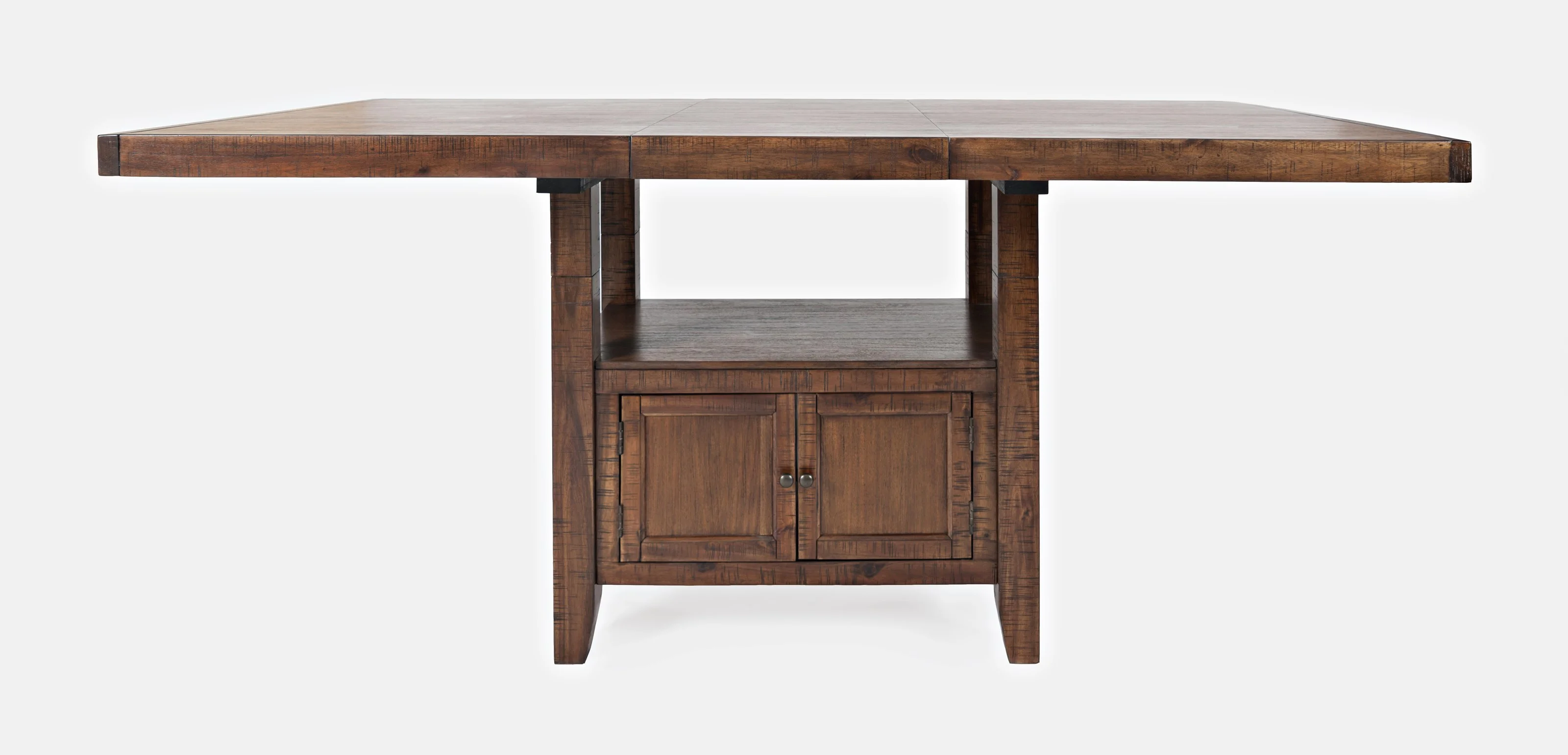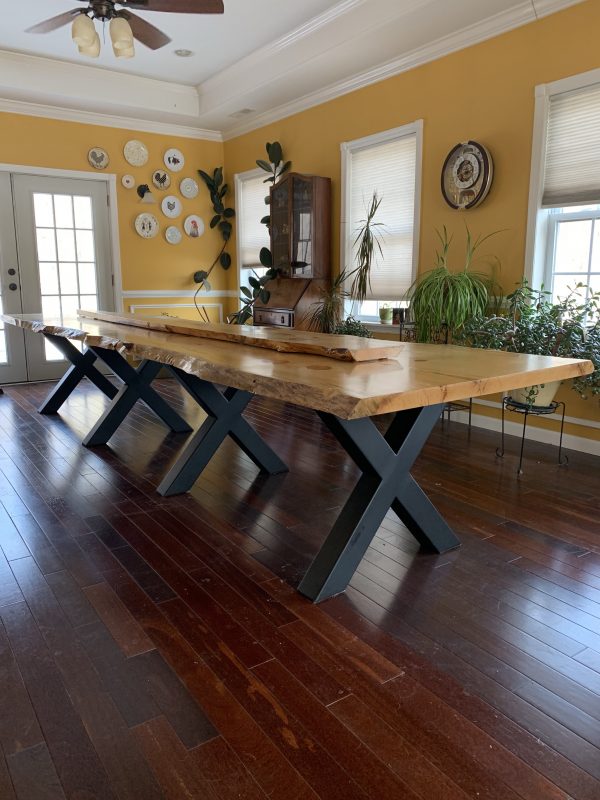Specialist Tips for Putting Up Eating Space Table Legs for Optimum Security
When it comes to setting up dining area table legs, achieving optimum security is paramount for both capability and looks. What particular strategies can improve security also further?
Select the Right Legs
When choosing the appropriate legs for your dining room table, it is essential to think about both capability and looks. The legs you choose will considerably affect the overall style and stability of the table. Assess the table's planned usage; if you anticipate frequent gatherings, sturdier legs, such as those made from solid wood or steel, may be extra suitable, as they provide enhanced longevity and assistance.
Following, take into consideration the elevation and design of the legs in regard to the table top. Common table typically range from 28 to 30 inches in elevation, so guarantee the legs line up with this requirement for comfort. The style of the legs need to complement the layout of the tabletop-- whether it be contemporary, rustic, or standard. Tapered legs can add a contemporary touch, while transformed legs may convey a more timeless visual.

Select Appropriate Hardware
Exactly how can the right hardware enhance the security and durability of your dining-room table? The selection of proper equipment is crucial to ensuring that the legs of your table are securely connected and able to hold up against normal use. High-quality screws, bolts, and braces give the needed toughness to sustain the weight of the table, as well as any type of extra loads put upon it during events or meals.
When picking screws, choose those made from long lasting products such as stainless-steel or brass, which stand up to rust and preserve stability gradually. The length of the screws is equally crucial; they should permeate deeply right into the table's framework without endangering stability. For bolted connections, think about utilizing lock washing machines to stop loosening because of vibration or motion.
Furthermore, utilizing corner braces can include added support, especially for larger tables or those with heavier tops. These braces distribute weight uniformly and assist maintain the table's form. Making certain that the equipment you pick is proper for the certain materials of your table will further boost its general stability and longevity, enabling you to enjoy your eating experience for many years to come.
Ensure Proper Placement
Appropriate placement of eating space table legs is necessary for both visual appeal and practical security. To attain ideal placement, begin by determining the range from the table's corners to the leg accessory factors.
Make use of a level throughout installment to verify that each leg is vertical to the tabletop. This step is vital, as even this contact form minor disparities can escalate right into substantial stability issues gradually. It is advisable to mark the desired leg positions on the bottom of the table with a pencil or covering up tape before securing them. This method works as an aesthetic guide, enabling for modifications as needed.
Additionally, double-check the alignment after the initial screws are tightened up, as modifications might be necessary before completely safeguarding the equipment. By focusing on correct placement, you not just boost the table's total layout yet additionally ensure that it remains practical and steady for many years to come.

Think About Weight Distribution
After making certain correct positioning of the dining-room table legs, it is very important to think about weight circulation to boost stability and functionality. dining room table legs. Correct weight circulation is vital in preventing tottering and guaranteeing that the table can sustain its designated load without threat of tipping or breaking down
When positioning the legs, ensure they are put at equal ranges from the center of the table to evenly disperse the weight across the structure. Take into consideration the weight of the table top and any kind of items that will regularly rest on it, such as tabletop home appliances or decorative pieces. Tables with much heavier surfaces must ideally have legs located closer to the corners, as this makes the most of the base of assistance and minimizes the threat of instability.
Furthermore, if the table is planned for use in a high-traffic area, consider utilizing larger materials for the legs or adding supporting elements, such as cross-bracing or a reduced rack - dining room table legs. These adjustments can aid maintain balance and continue reading this stop changing throughout use. Eventually, a well-considered weight distribution method will considerably improve the table's total efficiency, guaranteeing it stays a useful and attractive centerpiece for your dining area
Examination Security Prior To Usage
Evaluating the stability of the dining-room table prior to usage is an important action that must not be ignored. Making certain that the table is secure and secure can stop crashes and lengthen the lifespan of the furniture. Begin by applying gentle pressure to numerous factors on the table surface area. Press down on the facility and after that along the sides, changing or observing any kind of wobbling. If the table reveals instability, recognize the legs or joints that might call for change.
Next, check that all bolts and screws are tightened up appropriately. Loosened links can cause instability and prospective damage with time. If required, use timber glue on joints to boost stability, ensuring to permit appropriate drying out time.

Final Thought
Finally, the setup of eating area table legs calls for cautious consideration of materials, equipment, positioning, and weight distribution to accomplish optimum security. By selecting sturdy legs and high-quality fasteners, making sure exact alignment, and distributing weight evenly, the structural integrity of the table can be considerably enhanced. Conducting a security examination before normal use further ensures that click here to read the table will stand up to day-to-day pressures, thus providing a trustworthy and safe dining experience.
When it comes to installing eating area table legs, attaining maximum security is vital for both functionality and appearances. The legs you select will dramatically impact the total design and security of the table (dining room table legs). Standard eating tables typically vary from 28 to 30 inches in height, so make certain the legs line up with this criterion for comfort.Proper alignment of eating area table legs is crucial for both visual appeal and useful security.In conclusion, the installment of eating area table legs calls for careful factor to consider of products, hardware, weight, and alignment distribution to accomplish maximum stability